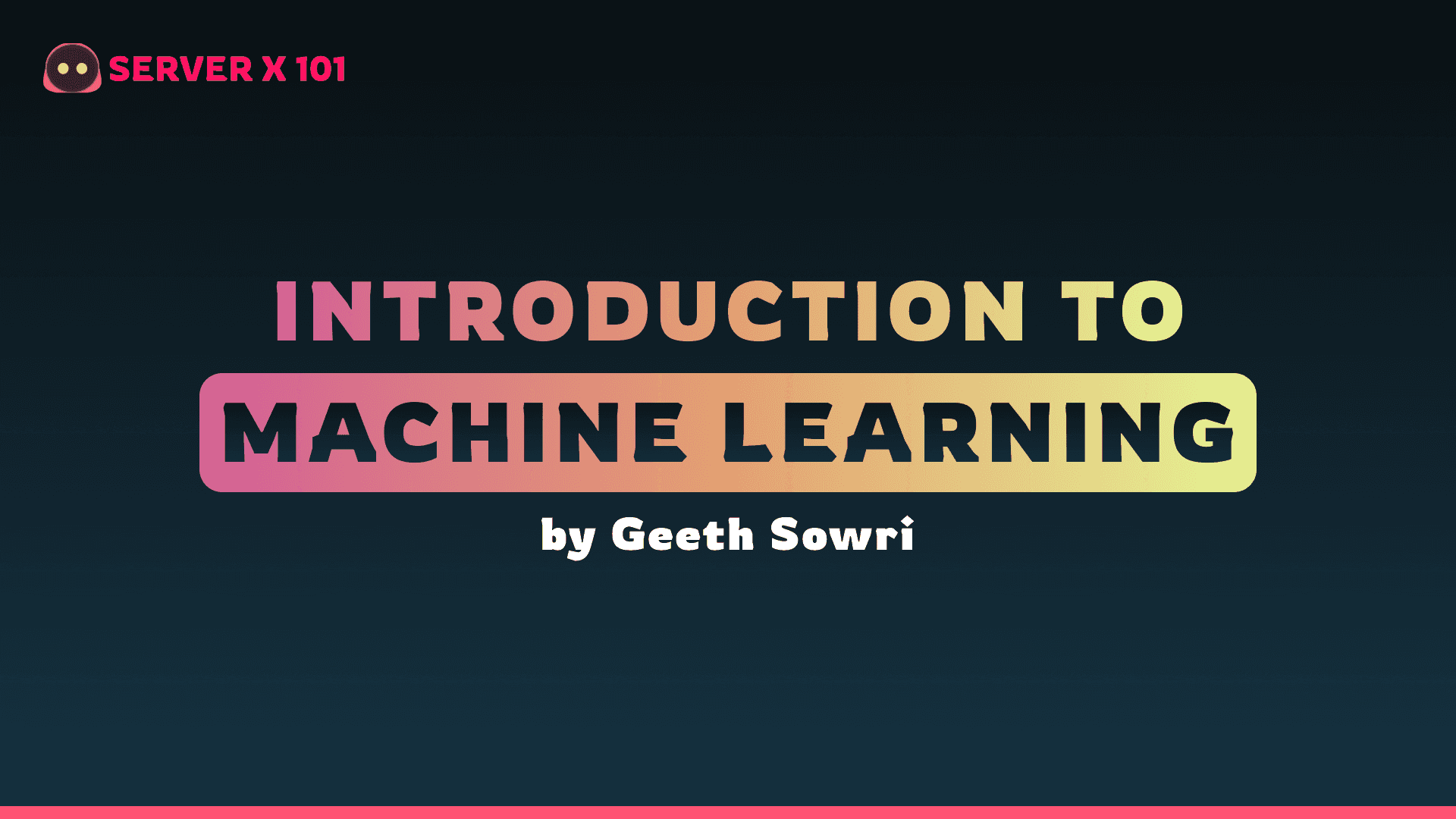Practical Introduction To Machine Learning

What is Machine Learning (ML)?
At its core, machine learning is a subset of artificial intelligence (AI) that focuses on the development of algorithms allowing systems to learn and make predictions or decisions based on data. Instead of being explicitly programmed to perform a task, a machine learning model learns from examples and experiences.
Types of Machine Learning
-
Supervised Learning:
- The model is trained on a labeled dataset, where the input data is paired with corresponding output labels.
- Goal: Learn the mapping between inputs and outputs.
- Examples: Classification, Regression.
-
Unsupervised Learning:
- The model is given unlabeled data and must find patterns or relationships within the data.
- Examples: Clustering, Dimensionality reduction.
-
Reinforcement Learning:
- The model learns by interacting with an environment and receiving feedback in the form of rewards or penalties.
- Common in gaming, robotics, and decision-making systems.
Steps in a Typical ML Project
-
Define the Problem:
- Clearly understand the problem you want to solve and define it in a way that can be addressed using machine learning.
-
Data Collection:
- Gather relevant data for your problem. The quality and quantity of data are crucial for the success of the model.
-
Data Preprocessing:
- Clean and prepare the data. This involves handling missing values, scaling features, and converting categorical data into a suitable format.
-
Feature Engineering:
- Select or create relevant features that will help the model make accurate predictions.
-
Model Selection:
- Choose an appropriate machine learning algorithm based on the nature of your problem.
-
Model Training:
- Feed the training data into the chosen model and adjust its internal parameters to minimize errors.
-
Evaluation:
- Assess the model's performance using a separate set of data not used during training (test set).
-
Hyperparameter Tuning:
- Fine-tune the model's hyperparameters to improve performance.
-
Deployment:
- Deploy the trained model in a real-world environment to make predictions on new, unseen data.
Common Machine Learning Libraries
-
Python Libraries:
- scikit-learn: General-purpose machine learning library.
- TensorFlow and PyTorch: Deep learning frameworks.
-
R Libraries:
Resources for Learning
-
Books:
- "Hands-On Machine Learning with Scikit-Learn, Keras, and TensorFlow" by Aurélien Géron.
- "Introduction to Statistical Learning" by Gareth James, Daniela Witten, Trevor Hastie, and Robert Tibshirani.
-
Online Courses:
- Coursera's "Machine Learning" by Andrew Ng.
- edX's "Introduction to Artificial Intelligence (AI)".
-
YouTube Playlists:
-
Practice:
- Kaggle: Participate in competitions and explore datasets.
- Build your own projects to apply what you've learned.
Conclution
Remember, the key to mastering machine learning is hands-on practice and continuous learning. Start small, experiment, and gradually tackle more complex problems. Good luck on your machine learning journey!
Contributed by Geeth Sowri to SERVER-X-101
